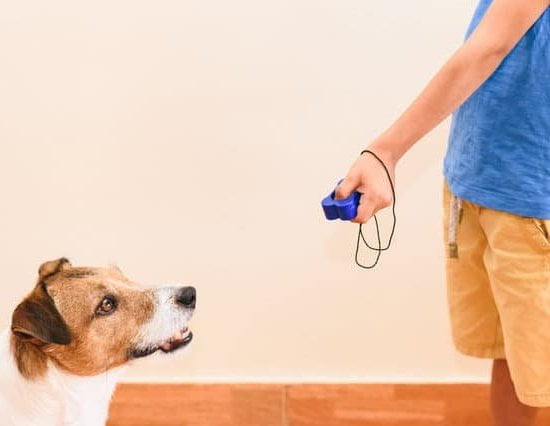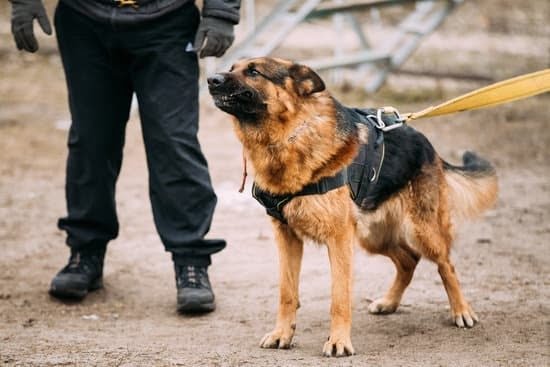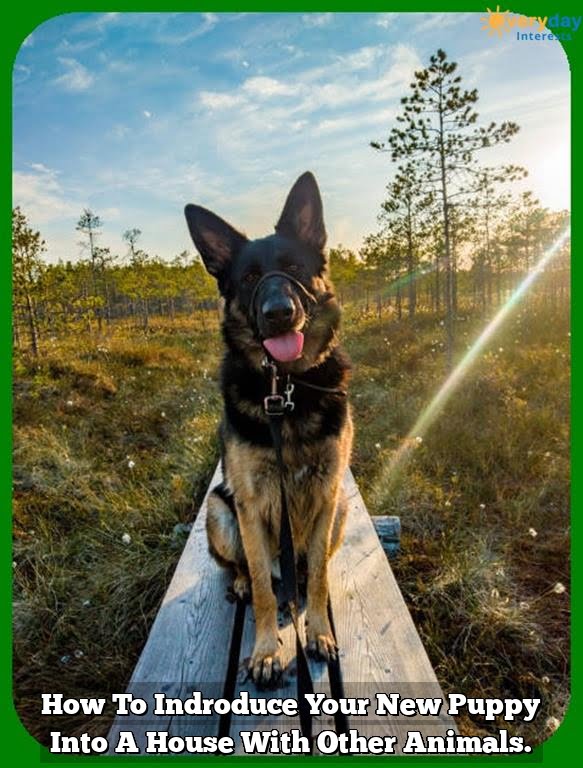One of the most important things you can do when you get a new puppy is to start crate training her. This is especially important if you have an older dog in the house, since the puppy needs to learn that there are rules and that she can’t just do whatever she wants.
The best way to crate train a puppy is to start when she is very young – ideally when she is just a few weeks old. At this age, puppies are still small enough to fit comfortably in a crate, and they haven’t yet developed the bad habits that can be hard to break later on.
If you already have an older dog in the house, you should start crate training the puppy as soon as she comes home. This will help the older dog adjust to the new addition to the family and will help to prevent any problems between the two dogs.
The first step in crate training is to get your puppy used to the idea of being in the crate. You can do this by putting her in the crate for short periods of time and giving her a treat or a toy to play with. Once she is comfortable being in the crate, you can start leaving her in it for longer periods of time.
If your puppy starts to whine or cry when she is in the crate, don’t give in and let her out. This will only teach her that she can get what she wants by making a fuss. Instead, wait until she stops whining or crying and then let her out of the crate.
The most important thing to remember when crate training a puppy is to be patient and consistent. It may take a little bit of time, but eventually your puppy will learn that the crate is her safe place and that she can always rely on you to help her obey the rules.
How To Train Puppy To Be A Therapy Dog
Many people believe that all puppies can become therapy dogs with the right training. While all puppies have the potential to become therapy dogs, not all of them will be successful in this role. There are a few things you can do to help your puppy become a therapy dog.
The most important thing you can do is to start training your puppy early. Puppy training classes can help teach your puppy the basic obedience commands needed to be a therapy dog. In addition, socialization is also key. Taking your puppy to places where they will be around people and other animals will help them become used to interacting with others.
It is also important to make sure your puppy is well-behaved. A therapy dog needs to be able to behave calmly and politely in public. If your puppy has a tendency to bark or jump on people, they may not be successful as a therapy dog.
If you are interested in training your puppy to become a therapy dog, there are a few things you can do to help them succeed. Training classes, socialization, and good behavior are all important factors in helping your puppy become a therapy dog.
Training A Puppy To Be An Emotional Support Dog
There’s a lot of work that goes into training a puppy to become an emotional support dog. The most important part of the process is to make sure that the puppy is properly socialized and trained to behave in public.
In order to become an emotional support dog, the puppy must be able to handle a wide range of social situations. They must be able to calmly and politely greet people of all ages and backgrounds. They must also be able to ignore distractions and remain focused on their handler.
Puppies that are being trained to become emotional support dogs must also be taught how to behave in public. They must never bark, jump up on people, or beg for food. They must also be housebroken and know how to sit, stay, and come when called.
It’s important to start training a puppy as early as possible so that they can become well-behaved emotional support dogs. Puppy obedience classes are a great way to get started, and it’s important to continue working with the puppy on a regular basis so that they can maintain their good behavior.
How To Train A Guide Dog Puppy
Guide Dogs of America trains guide dog puppies to become working dogs who can lead the blind or visually impaired safely around obstacles. The puppy-training process is a long one that starts when the puppies are just eight weeks old and can last up to 18 months. Here are the basic steps of how to train a guide dog puppy:
1. Socialization
One of the most important aspects of guide dog puppy training is socialization. Guide Dogs of America begins socializing its puppies at a very young age, exposing them to different people, animals, sights, and sounds. This helps prepare the puppies for the many different environments they will encounter as working dogs.
2. Basic Obedience
Guide Dogs of America begins training its puppies in basic obedience commands at around eight weeks old. The puppies learn commands such as sit, stay, come, and down. This helps them learn to obey their handlers and to respond quickly and accurately to commands.
3. Mobility Training
Guide Dogs of America begins teaching its puppies about mobility at around 12 weeks old. The puppies learn how to navigate different types of terrain and how to cross streets safely. This helps them become familiar with the environments they will be working in and prepares them to be able to handle any situation they might encounter.
4. Public Access Training
Guide Dogs of America begins training its puppies in public access at around 16 weeks old. This training teaches the puppies how to behave in public places such as restaurants, stores, and airports. It also teaches them how to interact with people and how to respond to common distractions.
5. Final Training
Guide Dogs of America finishes training its puppies in all the necessary skills at around 18 months old. This includes training in specific tasks such as opening doors and retrieving dropped objects. Once the puppies have completed their training, they are ready to become working guide dogs.
How To Puppy Pad Train An Older Dog
Training an older dog to use a puppy pad can be a bit more challenging than training a younger dog, but it can be done. The key is to be consistent and to make the training process as fun and rewarding as possible for your dog.
Start by placing a puppy pad in an area of your home where your dog has easy access to it. Next, begin by teaching your dog to “go to the bathroom” on the pad. To do this, start by rewarding your dog every time he or she urinates or defecates on the pad. Once your dog is consistently going to the bathroom on the pad, gradually begin to reduce the number of rewards you give your dog. Eventually, your dog will learn to go to the bathroom on the pad without needing any rewards.
It’s important to be patient and consistent when training an older dog to use a puppy pad. If you are inconsistent or if you give up too easily, your dog is likely to fail at the training process. However, if you are patient and consistent, your dog can be successfully trained to use a puppy pad.

Welcome to the blog! I am a professional dog trainer and have been working with dogs for many years. In this blog, I will be discussing various topics related to dog training, including tips, tricks, and advice. I hope you find this information helpful and informative. Thanks for reading!





